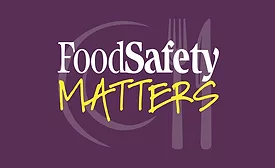Traceability/Recall
Traceability as a Tool Versus an Answer
Traceability means that one can identify not only the source of the ingredients, but also a whole set of inputs—the entire history of what went into making the product
April 3, 2025
BIZTRACKS
ReposiTrak, Upshop Partner to Enable Grocery Retail Traceability
January 14, 2025
Never miss the latest news and trends driving the food safety industry
eNewsletter | Website | eMagazine
JOIN TODAY!Copyright ©2025. All Rights Reserved BNP Media.
Design, CMS, Hosting & Web Development :: ePublishing









